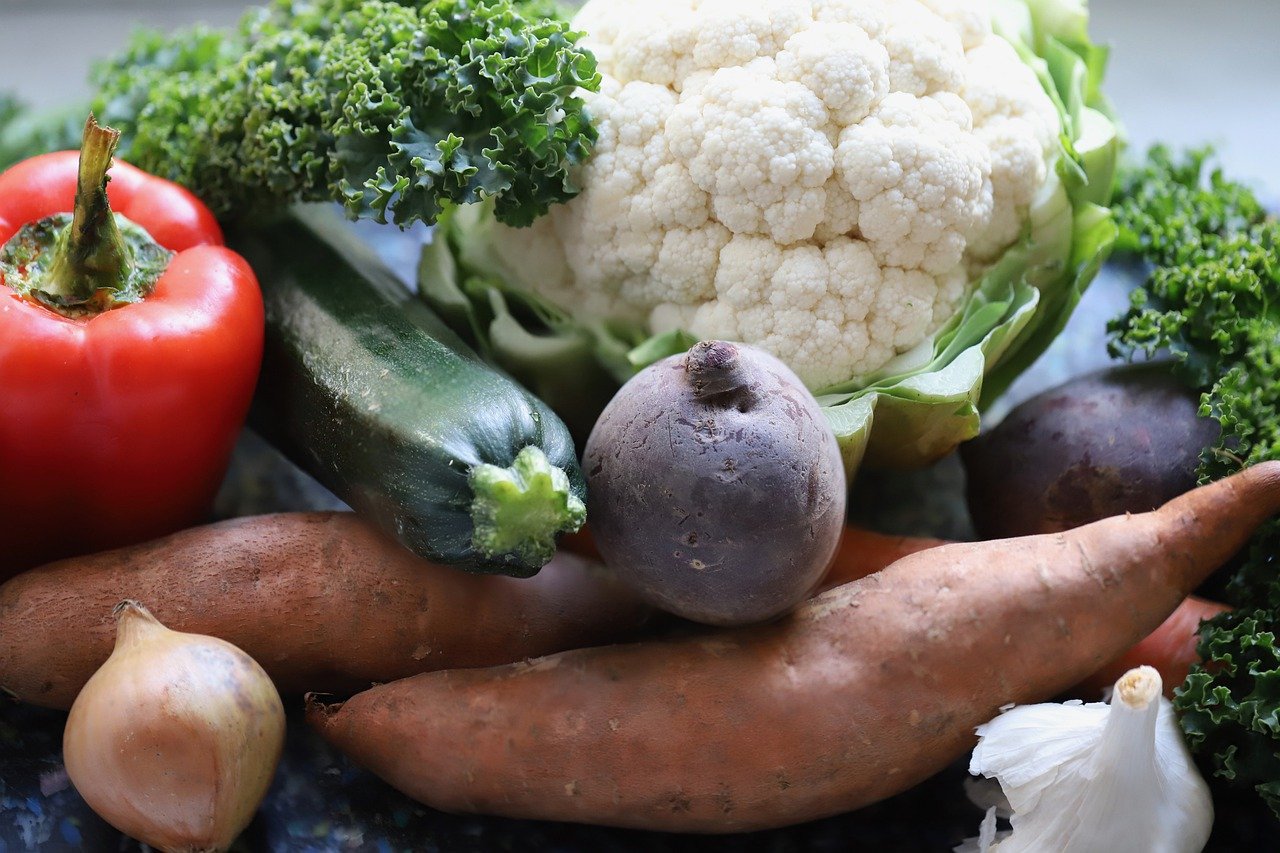A Guide to Understanding Food Allergens
Food allergens are specific proteins found in certain foods that trigger an abnormal immune response in some individuals. When a person with a food allergy consumes the allergen, their immune system mistakenly identifies it as a threat and produces antibodies to fight it off. This immune response can lead to a range of symptoms, varying from mild reactions like itching or hives to severe conditions such as anaphylaxis.
It is important to note that food allergens can be present in a wide variety of foods, including fruits, vegetables, nuts, dairy products, shellfish, and grains. The most common food allergens are often referred to as the “big eight,” which include peanuts, tree nuts, milk, eggs, soy, wheat, fish, and shellfish. These allergens account for the majority of food allergies and are required by law to be clearly labeled on packaged foods in many countries to ensure the safety of individuals with food allergies.
Common Food Allergens
Common food allergens can be found in a variety of everyday foods that many people consume without issue. Some of the most prevalent allergens include peanuts, tree nuts, milk, eggs, soy, wheat, fish, and shellfish. Each of these allergens can trigger an allergic reaction in susceptible individuals, ranging from mild symptoms to severe, life-threatening reactions.
It is crucial for individuals with food allergies to carefully read ingredient labels and be aware of potential allergens in the foods they consume. Cross-contamination can often occur during food preparation, so it is important to communicate any allergies to restaurant staff when dining out. By being vigilant and proactive, those with food allergies can minimize the risk of experiencing an adverse reaction and stay safe when enjoying meals.
What are food allergens?
Food allergens are substances in certain foods that trigger an allergic reaction in some people. These reactions can range from mild to severe and can include symptoms such as hives, swelling, difficulty breathing, and in some cases, anaphylaxis.
What are some common food allergens?
Some common food allergens include peanuts, tree nuts, soy, wheat, dairy, eggs, fish, and shellfish. These are the foods that most commonly cause allergic reactions in both children and adults.
How can I identify if I have a food allergy?
If you suspect you may have a food allergy, it’s important to consult with a healthcare provider for testing and diagnosis. Symptoms of a food allergy can include itching or tingling in the mouth, swelling of the lips, face, tongue or throat, hives, difficulty breathing, abdominal pain, diarrhea, and in severe cases, anaphylaxis.
Can food allergies develop at any age?
Yes, food allergies can develop at any age, even in adults who have previously been able to eat the food without any issues. It’s important to pay attention to any new symptoms or reactions after consuming certain foods and seek medical advice if you suspect an allergy.
How can I manage a food allergy?
The best way to manage a food allergy is to avoid the specific food that triggers the allergic reaction. It’s also important to read food labels carefully, inform restaurants of your allergy when dining out, and carry an epinephrine auto-injector if prescribed by your doctor in case of a severe reaction.





